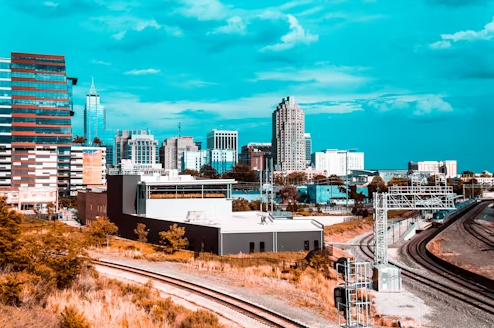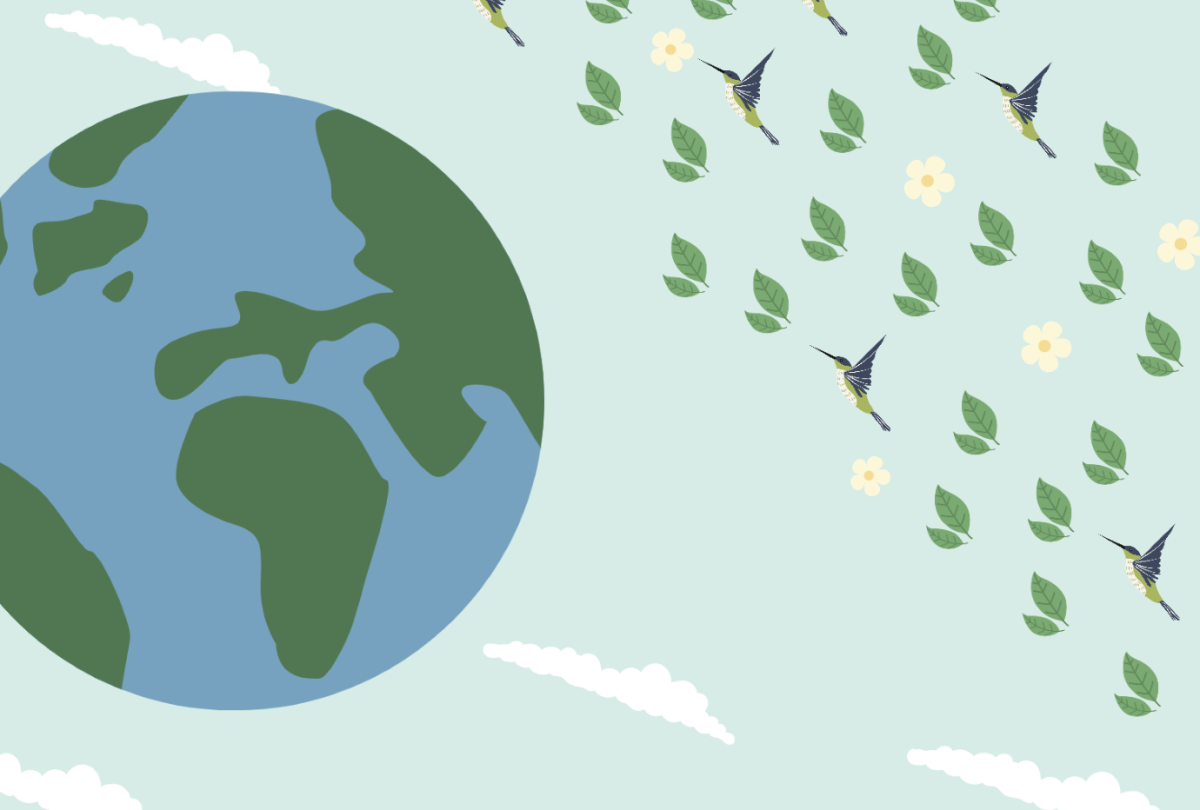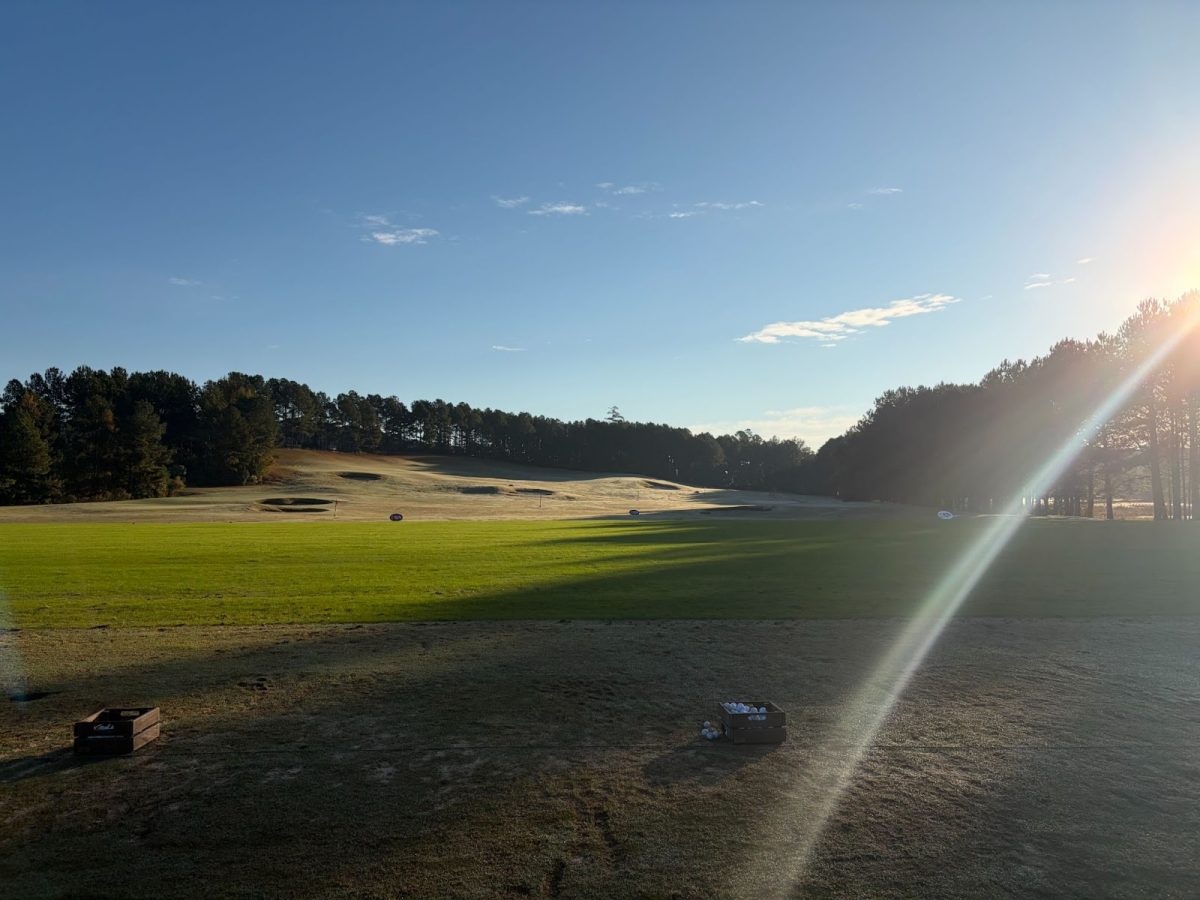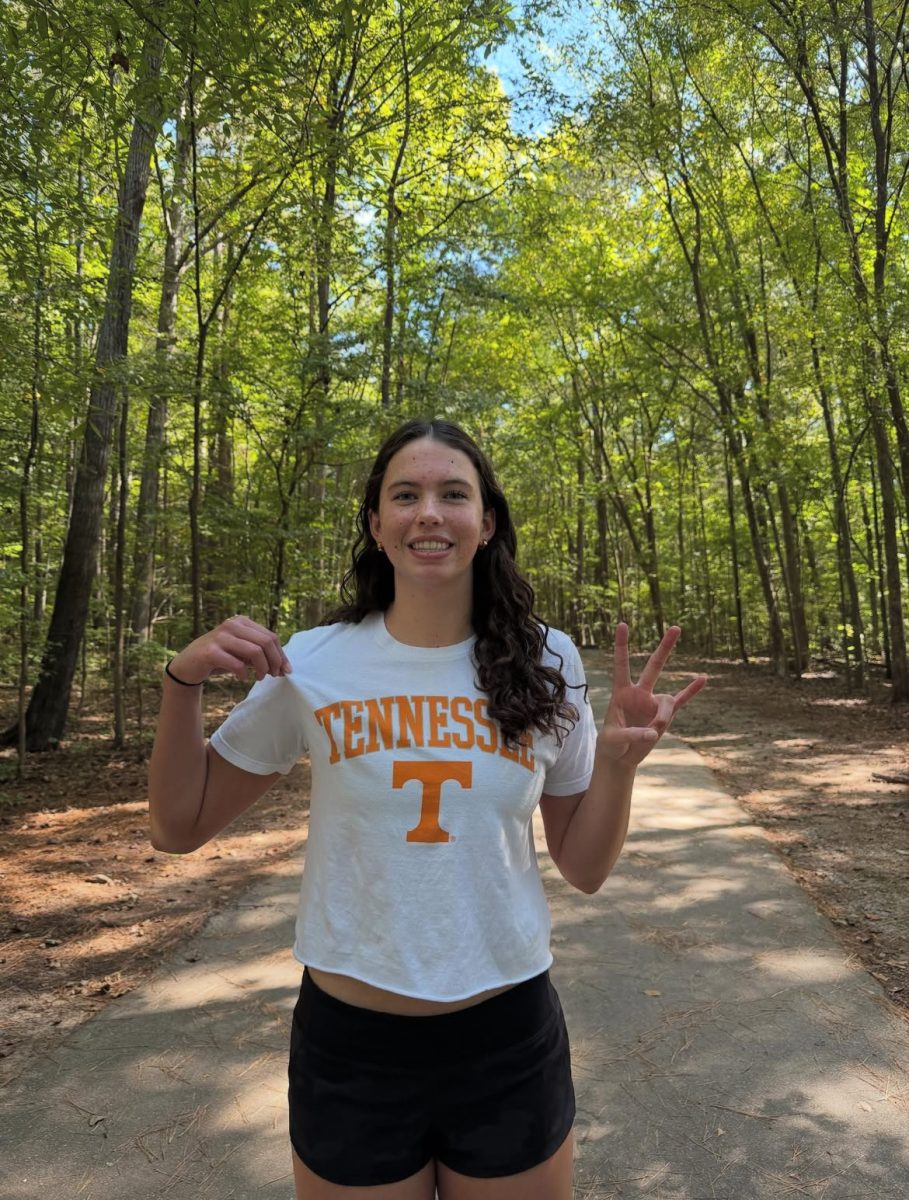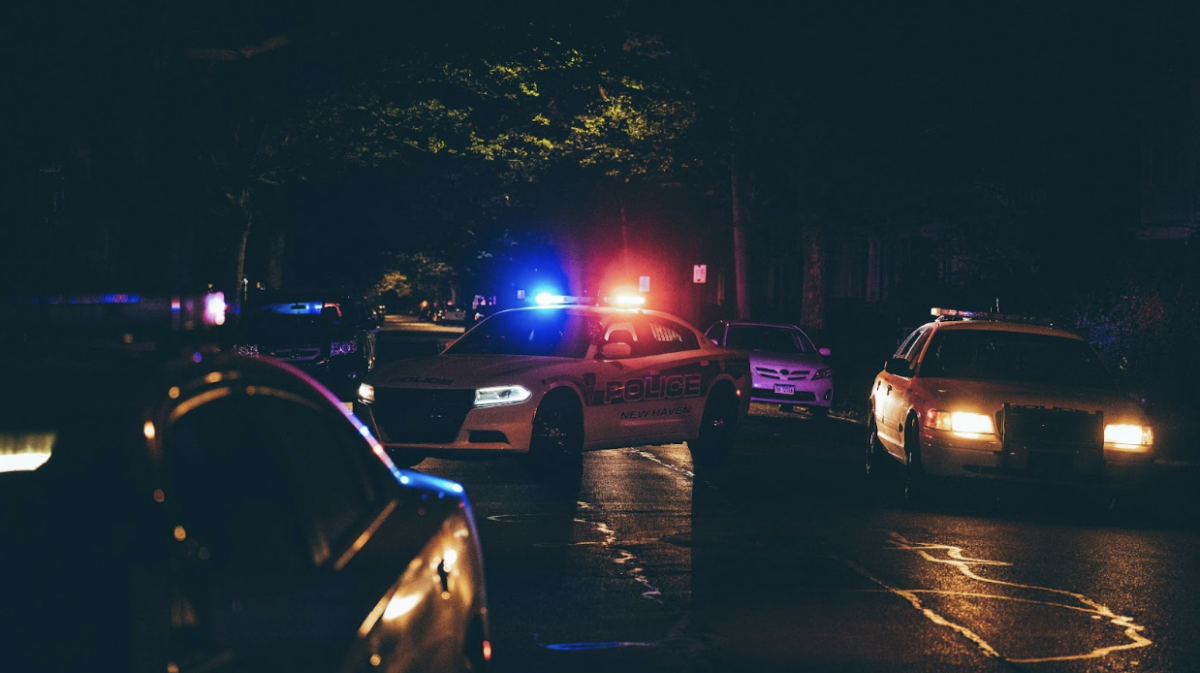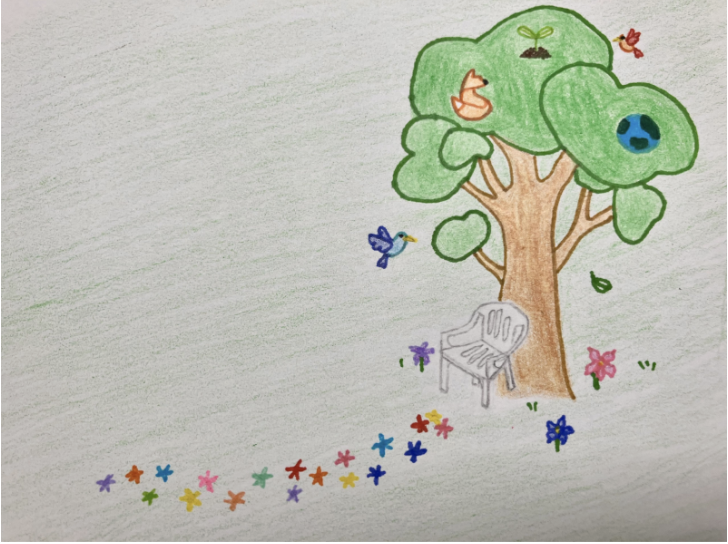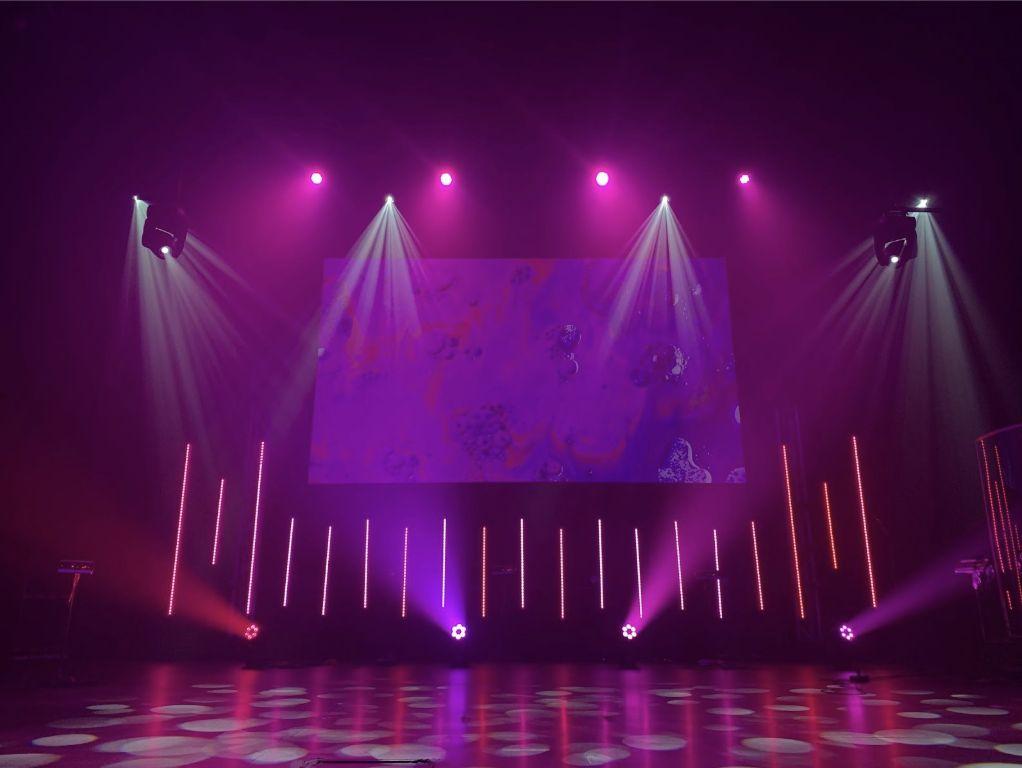Located in Grindavik, Iceland in the middle of an inactive lava field, the Blue Lagoon is one of National Geographic’s 25 wonders of the world. Its milk-like icy blue waters on the black lava rocks surrounded by beautiful mountains and open land showcase Iceland’s beauty.
Following Iceland’s recent volcanic eruption many tourists were left with the question, “what will happen to the Blue Lagoon?” Nearly two miles from the Volcanic action, many tourists travel thousands of miles to experience this geothermal milky blue water.
Volcanologists did not expect the eruption to be as large as it was, with the crack being three and a half kilometers (a little over two miles) and growing, the volcano spewed out at a rate 3,530 to 7,060 cubic feet per second, making it one of the largest eruptions Iceland has ever experienced in recent years.
The Blue Lagoon is the most visited tourist attraction in Iceland, but many of those tourists are unaware of its history. What was seen as an inconvenience and a minor step back was a treatment for many people suffering from skin diseases such as psoriasis.

Originally the land that is now the Blue Lagoon, was being drilled for a local power plant to source the geothermal heat from the ground. As the construction workers began drilling, this milky blue water began to flow out, this was common and just meant that the workers had to pause to allow the water to be re-soaked up into the ground, but this wasn’t the case. The water began to grow and form what is now the Blue Lagoon.
What made the Blue Lagoon and its water so special was the liquid’s healing properties. This may sound magical, but to some people the water truly aided health. Many people with skin diseases quickly learned that soaking their hands in the water temporarily relieved and soothed their skin.
After the discovery of the water-healing properties, the bathing facilities were opened in 1987 to the public. By 1992, Blue Lagoon had established a name and company well-known to both Iceland and the world. By 1992 a series of studies were conducted to fully understand the healing properties of the waters in depth.
The Blue Lagoon has continued to expand. Having a hotel and restaurant connected to the Blue Lagoon and a skincare line available both at the Blue Lagoon and a local storefront in the local town of Reykjavik, they have everything you need without ever leaving the facilities. Furthermore, if you do not want to leave the waters, the Blue Lagoon has swim-up shacks where you can find body scrubs and facemasks.

The Blue Lagoon water gets its milky blue waters from the minerals present, most predominantly silica, salts and algae. The silica forms a white mud on the bottom of the lagoon which contributes to the foggy-like water. Not only does silica contribute to the color but it also contributes to many of the healing properties. Attendees at the lagoon have found that rubbing the mud on your skin provides those healing and soothing properties.
Depending on the time of the year the Blue Lagoon has special hours, during these times they can be open as early as seven in the morning and as late as midnight. During the winter months, you may be able to see the northern lights as you experience the geothermal bath and during the summer months many Nordic countries have long days.
The Blue Lagoon is accessible for all to enjoy. With a wheelchair ramp to enter the bath and private showering and changing rooms for people with special needs. The Blue Lagoon has everything to ensure your comfort as you experience the waters.




